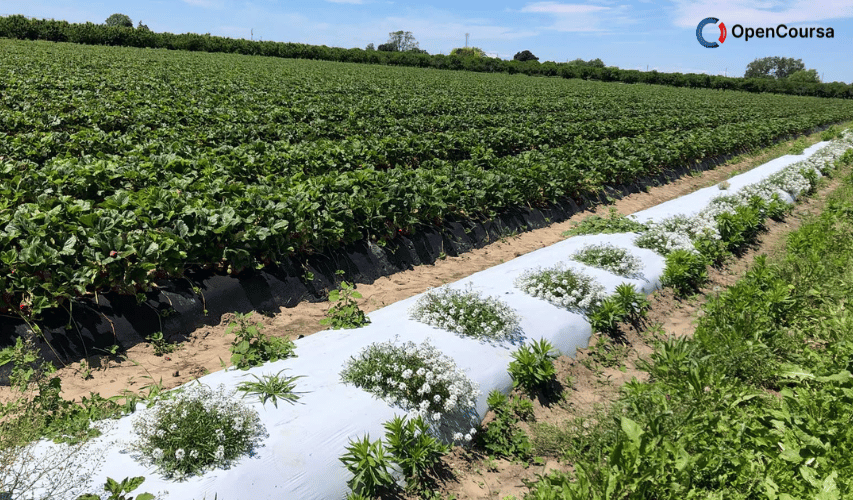Home » Course Layouts » Free Course Layout Udemy
The fascinating phenomenon of superconductivity and its potential applications has attracted the attention of scientists, engineers and businessmen. Intense research has taken place to discover new superconductors, to understand the physics that underlies the properties of superconductors, and to develop new applications for these materials. In this free course, you will read about the history of superconductors, taking a brief look at their properties. You will also learn about modelling the properties of superconductors and the two different types of superconductor that exist today.
0
21
English
English [CC]
- Learn basic syntax that can apply to any language.
- Learn what is a programming language and the basic concepts for beginners.
- Understand what is Javascript in it's truest form.
- Know the basic syntax of Javascript.
- Know some hidden quirks in Javascript.
Description
Course learning outcomes
After studying this course, you should be able to:
After studying this course, you should be able to:
- explain the meanings of the newly defined (emboldened) terms and symbols, and use them appropriately
- distinguish between perfect conduction and perfect diamagnetism, and give a qualitative description of the Meissner effect
- explain how observation of a persistent current can be used to estimate an upper limit on the resistivity of a superconductor, and perform calculations related to such estimates
- explain why the magnetic flux through a superconducting circuit remains constant, and describe applications of this effect
- show how the London equations and Maxwell's equations lead to the prediction of the Meissner effect.
Course content
N.A
- 5 stars0
- 4 stars0
- 3 stars0
- 2 stars0
- 1 stars0
No Reviews found for this course.












